A Work A Day
For the duration of our final show, Curtain Call, we’ll be featuring ‘a work a day’ on our Facebook and Instagram feeds – where we ask friends, colleagues, collectors and artists to nominate a work or artist that has spoken to them over the history of the gallery.
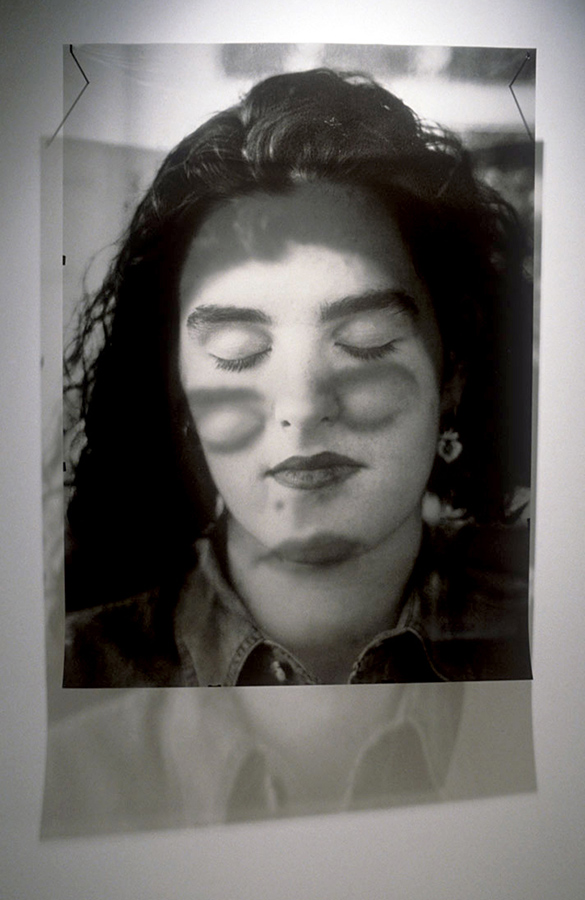
22 June 2017
Anne Ferran
Image: Merilyn Fairskye
Yvonne, art student, Yugoslavia from After Image, 1995
Line positive transparency, 124 x 92cm
“Striking, thought provoking, mysterious and crystal clear in equal parts, Yvonne, art student, Yugoslavia leapt out at me on opening night. I’d seen it before (in the 1996 MCA show Photography is Dead! Long Live Photography!), yet its reappearance came as a surprise. The subject is a rather beautiful young woman, photographed close up with her eyes closed. She is doubly still, frozen by the camera and (I’m guessing) in obedience to Merilyn’s instruction: keep still; close your eyes. Yet this large sheet of clear film, suspended several centimetres away from the wall, is moving. Of the 150+ works on these walls, it’s the only one actively responding to the space, breathing in and out with the flow of air in the room. Even more remarkably, somewhere behind it a ghostly Man Ray-like doubling of the image is taking place – the after image of the series title. Come close though and the ‘ghost' reveals itself as something more mundane, a shadow projected on the wall behind. I’ve no idea if Merilyn meant this 1995 series to engage with questions about photography, portraiture, surface and depth, but they are easily drawn out of it. Knowing the turn her work took later, it’s equally possible to read it as ‘about’ the relation of film and still photography. Following this line of thought, I see it differently: one single blown-up film frame overlaid with the trace of the following (or preceding) one."
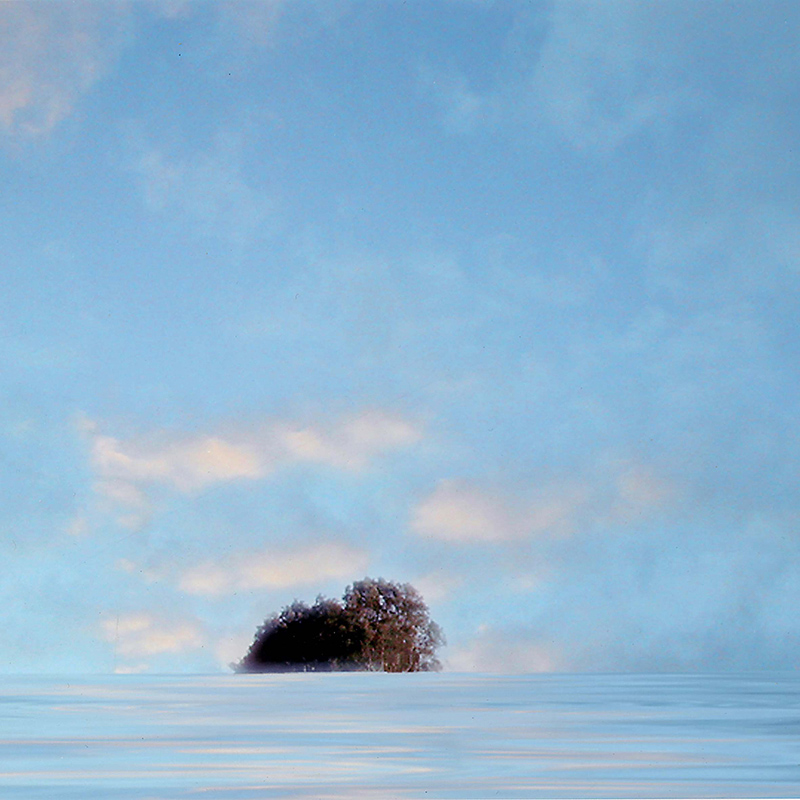
21 June 2017
Craig Judd
Image: George Schwarz
Untitled #9 from Carpe Diem, 2010
Hand worked silver gelatin print, 40 x 40cm
“Emeralds in Sapphires....Atlantis et al
Islands have long fed human desire and poetic imagination, consider the fate of North Sentinel Island and its 300 or so inhabitants vigilant for millennia- how long will they remain the most unknown people in the world? This island is a phantasm. No stranger to wanderlust George Schwarz continues to make elegant photo-montages to tease our certainty of the real.”
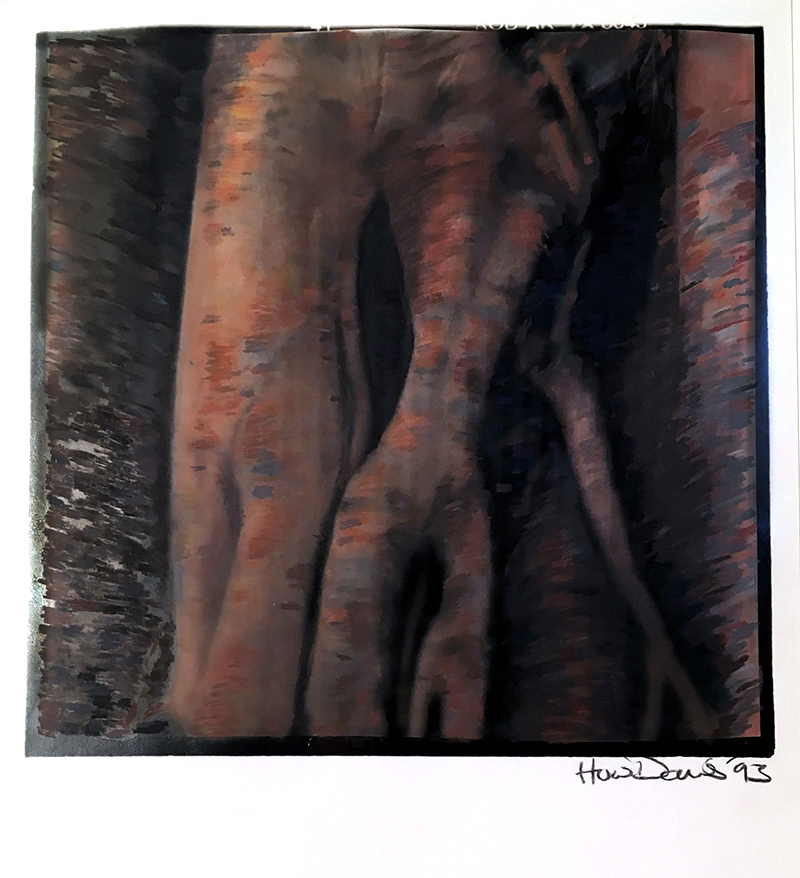
20 June 2017
Dr Martyn Jolly – Head, Photography and Media Arts, ANU School of Art
Image: Huw Davies
Untitled, 1993
Hand worked silver gelatin print, 36 x 36cm
“The Huw Davies print hanging in Stills’ final Curtain Call show is heavy and intense. The base of a tree, perhaps a Moreton Bay Fig, has been photographed. Words like ‘muscular’ and ‘sinewy’ come to mind to describe the folds in the tree’s trunk. As they part around a vaginal shape they even look a bit labial. The tree with its fleshy curves is a photographer’s gift, but as you squat down to look at it more closely you see that the surface of the photograph has been intensively covered with oil stick or crayon in short hard strokes which follow the tree’s contours. It’s a classic Huw Davies print, about life, about energy, but cloaked with a certain lugubrious weight. The print’s signed and dated ’93. Huw died the following year. He was forty. He was a good photographer, though very much of his time, lots of dense hand colouring, lots of gridded up small prints. But he was also a great bloke. He believed in photography with more conviction than I did. In 1984 he co-founded Canberra’s community darkroom PhotoAccess. There’s a great picture of him, in high contrast black and white, standing in its fibro entrance next to one of those old plastic chairs that always seem to have paint stains on them. PhotoAcccess is still going strong thirty three years later. There’s a lively exhibition program in its gallery. It’s called the ‘Huw Davies Gallery’. You should check it out.”
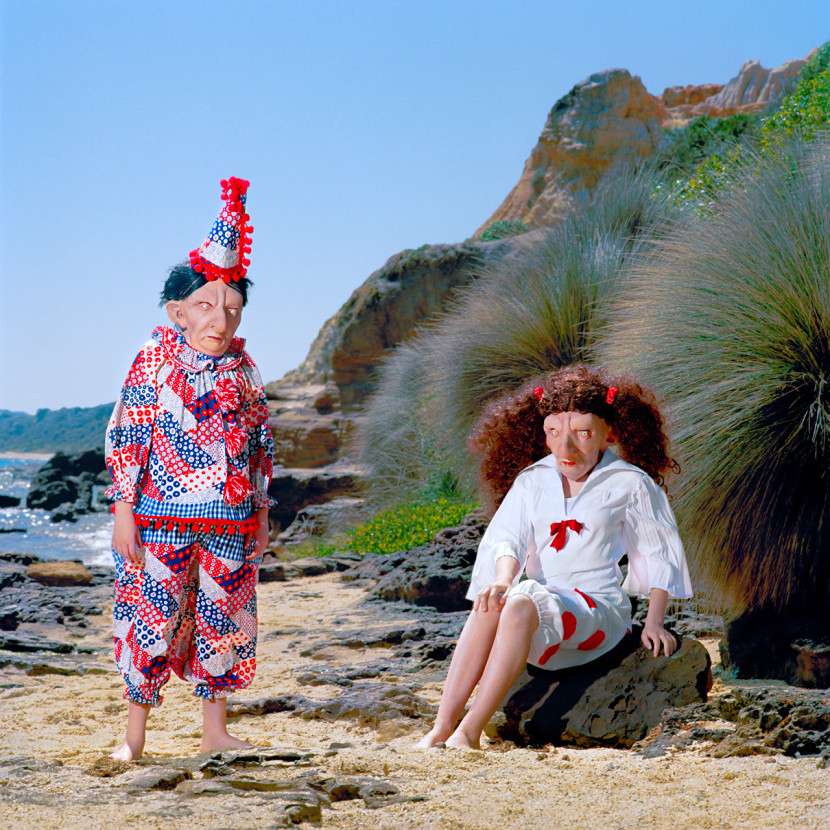
19 June 2017
Dr Marcus Bunyan – Art Blart
Image: Polixeni Papapetrou
The Joy Peddlers, 2011
Pigment print, 105 x 105cm
"Wandering, dreaming, remembering, keeping, collecting, counting. These neophytes on the path of life, both old/wise, young/hidden pass through (into?) our dreams. Papapetrou creates visions that elude the senses, visions that slip between dreaming and waking, between conscious and subconscious realms."

18 June 2017
Isobel Parker Philip - Acting Curator of Photography, Art Gallery of New South Wales
Image: Patrick Pound
Portrait of the wind, 2012
Giclee print, 127 x 230cm
“There are too many artists and too many works to list that have altered the way I think about photography and the way I think about the world. It seems impossible to pay an appropriate tribute to the enduring resonance of all these works and offer anything more than a fleeting acknowledgment. In these posts, I’ve chosen to reference a plot point from my own personal (professional) history – see previous post about Polixeni Papapetrou's work – but also attempt to allegorically address the poetic potential of the medium. Photography is slippery and its material boundaries are mutable. Again and again, the artists shown at Stills over the years have pushed these boundaries.
In Patrick Pound’s 'Portrait of the wind' we find an oblique (and perhaps unintentional) allusion to the slipperiness of photography. The vernacular photographs collated in this composite work have been co-opted as signifiers of a thing that is unrelated and extraneous to the original subject that prompted the click of the shutter. Pound asks us to look not at the figures or faces in these snapshots but at the wind that ripples a dress or nudges a tree. He asks the photographs to behave differently, and they comply. But more than this, he asks that we concede that a photograph is able to document more than visible reality. The photograph – in this work but also in so many others – records but also redefines our perception of the world.”
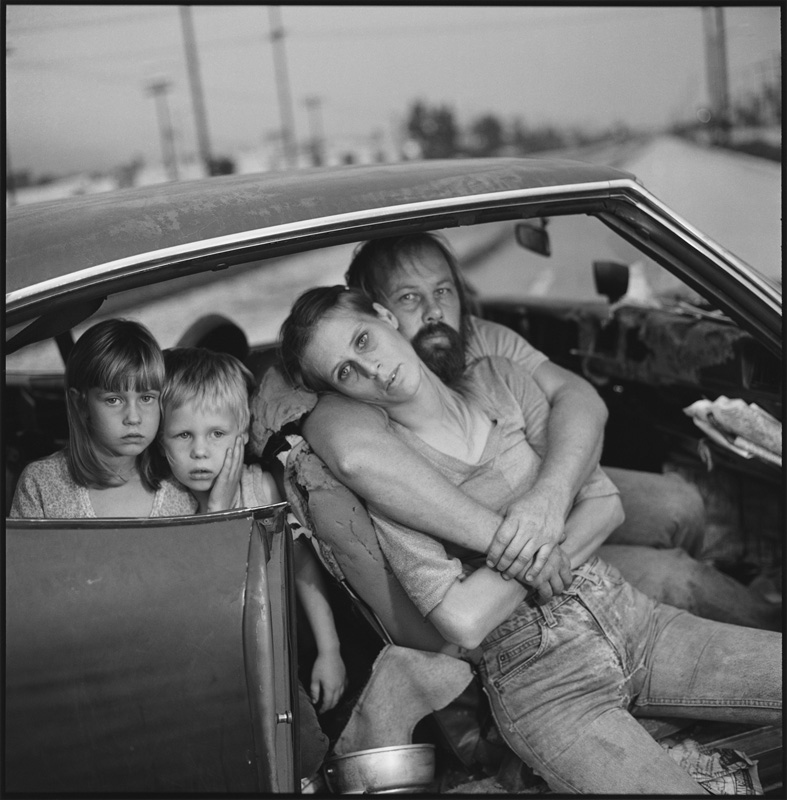
17 June 2017
Moshe Rosenzveig - Head On Photo Festival, Founder and Artistic Director
Image: Mary Ellen Mark
The Damm Family in Their Car, Los Angeles, California, USA, 1987
Silver gelatin print, 48 x 47.5cm
“I was introduced to Mary Ellen Mark’s work in the 70’s as a teenager when I became all-consumed by photography, especially documentary photography.
I was fortunate to have had her first solo exhibition in Australia at Stills Gallery as part of Head On Photo Festival 2014 and to meet her in her NY studio later that year.
Her work about those living on the margins of society always tells a story with much empathy; the emotions are strong, but the subjects are captured with dignity.
‘The Damm Family in Their Car, Los Angeles, California’ was taken in 1987 as part of an assignment for Life Magazine where Mary Ellen Mark spent ten days with a homeless family who was living with all of their belongings in a beaten old car.
What I especially like about this picture is that despite their misfortune expressed in their faces, there is a close and loving relationship between the members of the family. The camera is recording reality as well as the emotions compassionately without judgement.
After the essay was published, Life Magazine’s readers showered the family with money but tragically, this gesture of goodwill only exacerbated the parent's’ drug habit and the family’s hardship.”
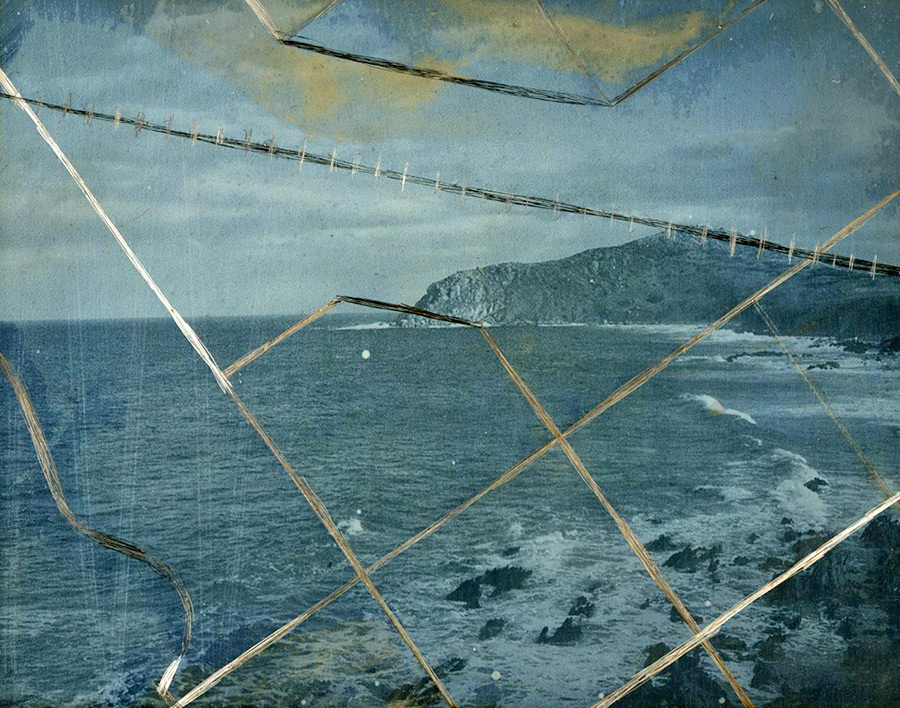
16 June 2017
Daniel Boetker-Smith - Coordinator of the Asia-Pacific Photobook Archive & Coordinator Bachelor of Photography Programme at Photography Studies College Melbourne
Image: James Tylor
1852 Port Augusta Nukunu Nation, 2016
Dauguerreotype, 10 x 12.7cm
“Stills has been so important, particularly I think for making a space for young photographers to come through, be supported, and make a name for themselves. I find Tylor one of the most interesting emerging photographic artists of the last few years, he makes simple but important and provocative/evocative work."
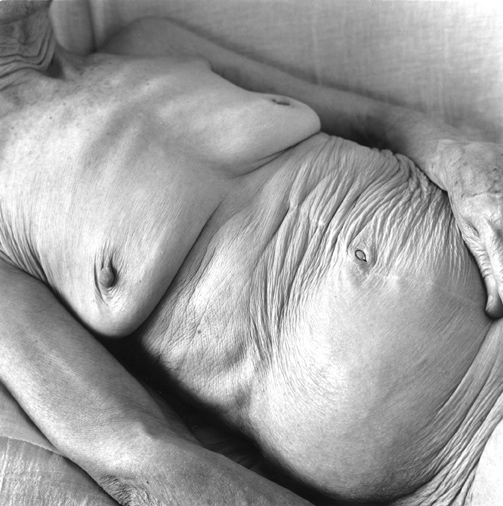
15 June 2017
Justine Varga
Image: Ella Dreyfus
Age and Consent I, 1999
Silver gelatin RV print, 100 x 100cm
“Ella Dreyfus introduced me to STILLS in 2001. I was attending the National Art School to undertake the HSC Extension program and Ella was my lecturer. Anyone who has been taught by Ella will know her absolute commitment to fostering young artists, and I was very fortunate that, from the age of 16, she nurtured my photographic enquiry (Ella also taught me during my degree). I will always remember her generosity towards me. A formative part of that education were regular visits to STILLS led by her. More than a mercantile enterprise, I have always seen STILLS as an institution where knowledge passed from one generation to the next. This has been the cultural contribution of the gallery and will be its legacy (it is also the void I already feel).
Having introduced me to Stills, it seems only fitting that I complete the temporal arc by choosing one of Ella’s photographs from 'Age and Consent':
Within this photograph we look at the naked torso of a woman. Her skin is a beautiful silvery membrane, at once vulnerable and resilient. Each line and fold is the result of an accumulation of every moment she has experienced. When Ella filled the frame of her camera with her subject and pressed the shutter, emulsion absorbed flesh. Together they coalesce within and as the resultant print – the experience of one woman beheld by another.”
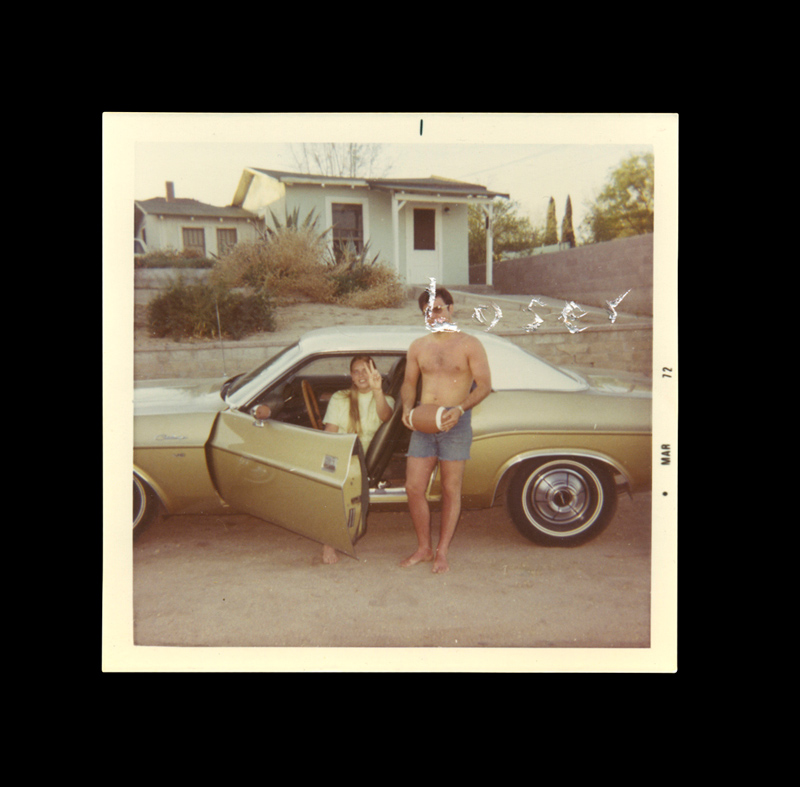
14 June 2017
Daniel Mudie Cunningham – Assistant Director & Head Curator, Artbank
Image: Patrick Pound
Damaged #9, 2014
Giclee print, 30 x 30.5
"I feel like my head will explode any day now from how full of photographic image memories it is. Why Patrick Pound’s head is still intact is a great mystery to me! Patrick is a high functioning and hilarious artist/collector memory/machine, cognisant that visual matter holds ideas in malleable ways. Photos outlive their human producers and become subject to endless circulation on the secondary market, like fleas that jump from one animal to another. Patrick’s hilarious 'Damaged' series, which re-presents found images punctured with violent marks by their original owners, speaks as much to the ‘damage’ of their history as they do the ‘repair’ of his contemporary reworking."
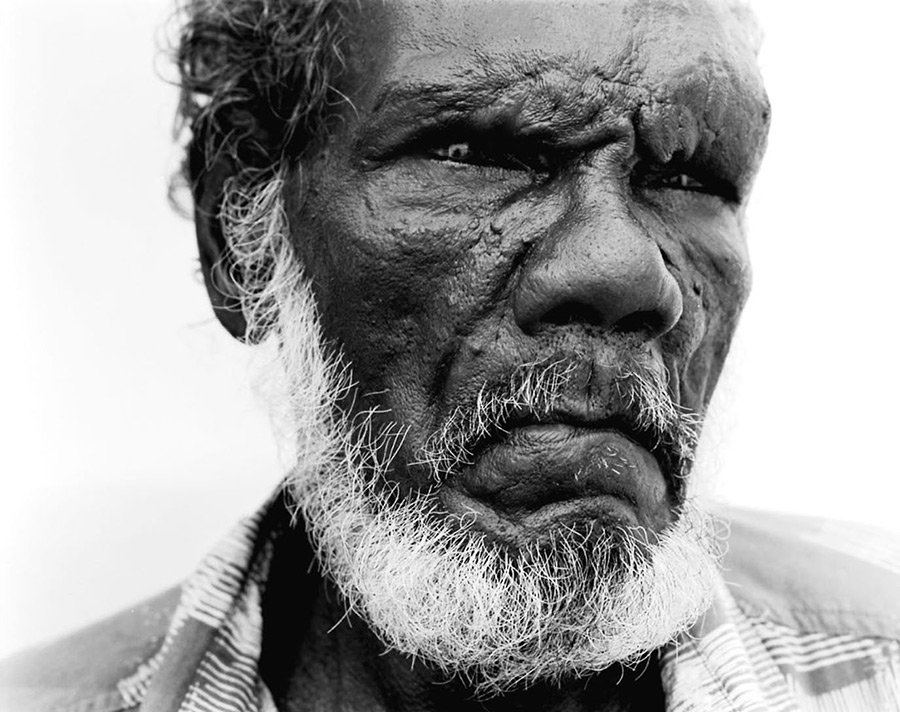
13 June 2017
Amanda Love – Art Consultant, Director, Love Art
Image: Ricky Maynard
Wik Elder Arthur from Returning to Places that Name Us, 2000
Silver gelatin print, 95 x 120 / 45 x 55cm
“Maynard's images are inescapable. They are unflinching in their exquisite detail and the simplicity of their composition reverses the typical power structure between subject and viewer. I love that Maynard's practice depends as much on relationships and trust as it does on technical mastery. As a self-taught photographer, Maynard has doggedly followed themes of power and powerlessness and is driven by his desire to powerfully depict communities' struggle for autonomy and rightful custodianship. This work is part of his famous Wik elders series that documented the indigenous Wik people plight to regain native title of their lands. They were finally awarded this in 2000. Maynard’s full framed portrait style conveys the determination of the Wik elders, capturing their calm authority and steadfast pursuit to reclaim their home and history. An added delight was introduce Maynard’s work to Sir.
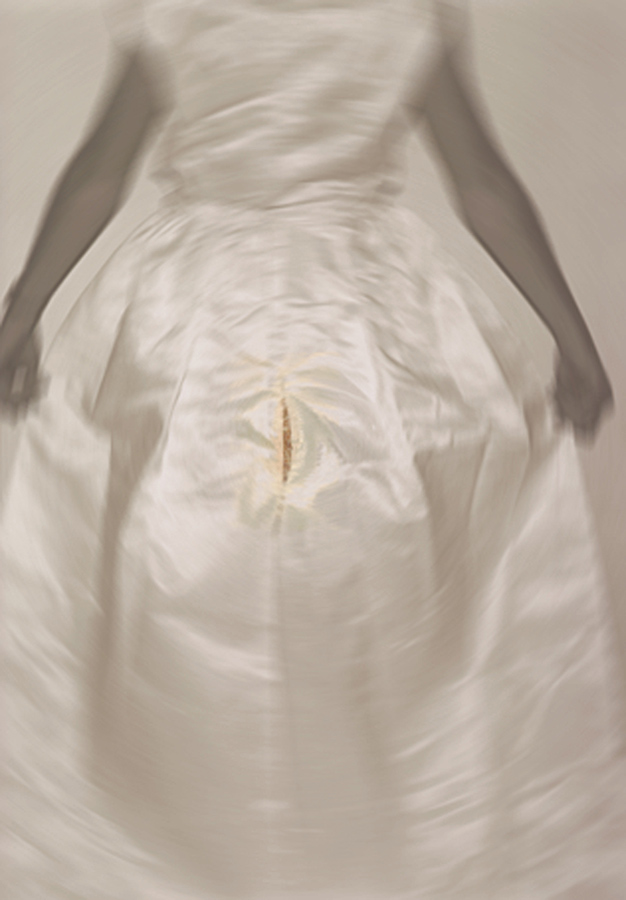
12 June 2017
Helen Frajman – publisher and Director of M.33, Melbourne
Image: Pat Brassington
Akimbo, 1996
Pigment print, 72 x 52cm
“I can still recall the thrill that I felt when I saw this image on the beautiful long wall of the very first exhibition at the new Stills space in Gosbell Street. We’re talking turn of the century here : most digitally created photographs were lame and awkward, calling too much attention to the techno wizardry involved. Here at last was a convincing step into the future and Pat Brassington made it look effortless, strangely ‘natural’ and oh so exciting. That little slit in the dress. The brazenness of it. At once wound and proud site of pleasure, of female identity breaking out of the swirling virginal dress. Those arms held akimbo presenting it to us. Oh Pat! I haven’t fallen out of love yet.”
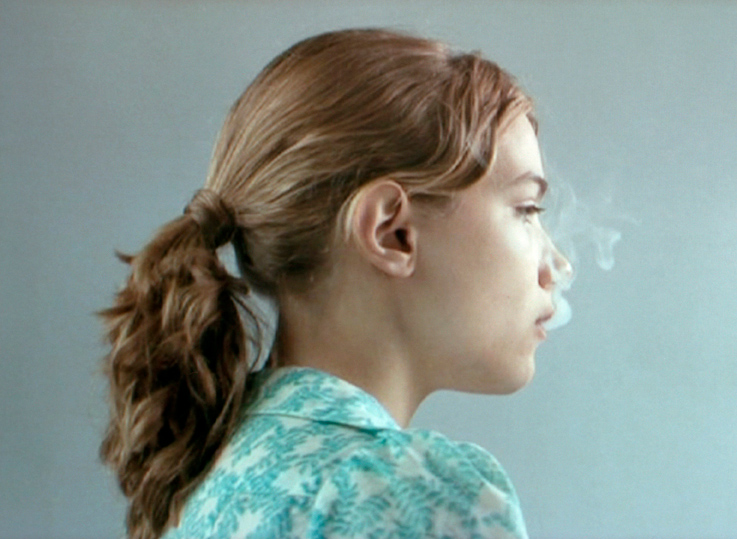
11 June 2017
Helen Ennis
Image: Petrina Hicks
Ghost in the shell, 2008
HD video, 2 minutes
“It is nearly ten years ago that I saw Petrina Hicks’s 'The Descendants' and especially loved 'Ghost in the shell', a short video piece. I found it mesmerising, the seductive low-toned palette, the gentle controlled movement around the young woman and the inexplicability of the twirls of smoke that come slowly out of her mouth. It is the kind of work that inhabits you with its slow rhythm and uncertain, ineffable meaning. I still have a sense of it when I close my eyes.
My greatest thanks to all at Stills Gallery for your wonderful work over the years. We will miss you hugely.”
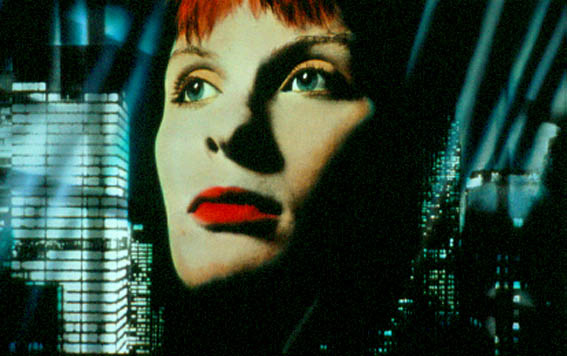
10 June 2017
Shaune Lakin – Senior Curator of Photography, National Gallery of Australia
Image: Robyn Stacey
Ice from Redline 7000, 1989
Cibachrome print, 120 x 140cm
“I always thought of 'Ice' as a really cool image, long before I first saw an actual print of it sometime soon after 9.11. It was hanging in someone’s home. It was such a perfect place to see the work – all glistening, cinematic and postmodern, in a very suburban lounge room. It was a good decade after the postmodern thing had passed, and the picture already looked like part of some historic archive, with its references to handcolouring and nostalgia, its confusion of genre, its style and its suggestion of appropriation, which all held the past and the future in antagonistic alignment. For me, it seemed the perfect postmodern photograph, evoking a place where we could (and I know this was always dodgy) pick and choose. Seeing it was such a pleasurable experience, realising the way that the flatness of the image rubbed up so neatly against its sparkling Cibachrome surface. I remember thinking at that moment how much I missed the simplicity (practical, technological, political…) the photograph seemed to embody. Ice seems like a lifetime away from where we are now. But I still love looking at it, or at least the digital file that I have regular access to via the Stills website.”
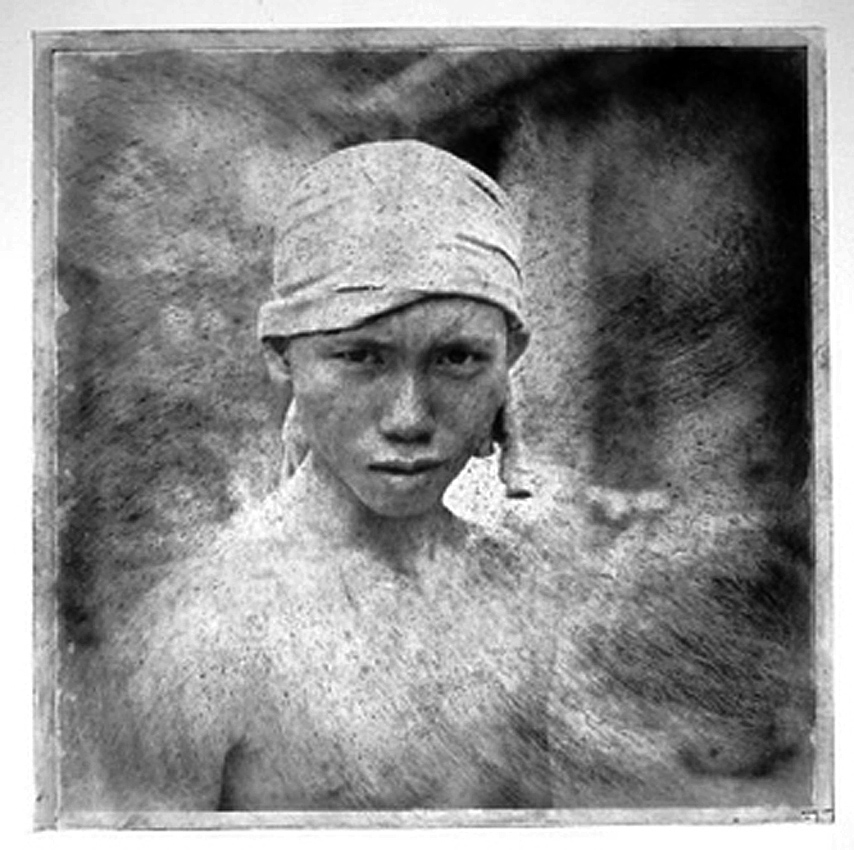
9 June 2017
Blair French – Assistant Director Curatorial & Digital, Museum of Contemporary Art, Australia
Image: Dacchi Dang
Untitled, from Spectacle II, 1996
Photogravure, 42 x 42cm
“This image is from a series of photogravures that ran – so far as I remember – like a frieze around the walls of the Elizabeth Street premises of Stills when I visited the gallery for the very first time in 1996. Collectively titled Spectacle 11, this set of works were produced from photographs young artist Dacchi Dang had recently taken on his first visit back to Vietnam following his departure as a refugee in the early 1980s. This body of work was predominantly made up of informal street portraits and sometimes montaged street scenes. I recall a double sense of movement and stasis, of an evocation of bodies on bikes passing by punctuated by the calm of faces looking out into this other grouping of people crowded into the gallery spaces for the opening. The clearly apparent workings of the photogravure process gave the portraits an elusive quality – an overt sense of distance and removal, of slipping from reach, another time and place, which Dang referred to in an artist statement at the time in terms of the difficult comingling of loss and memory, of belonging and displacement.”
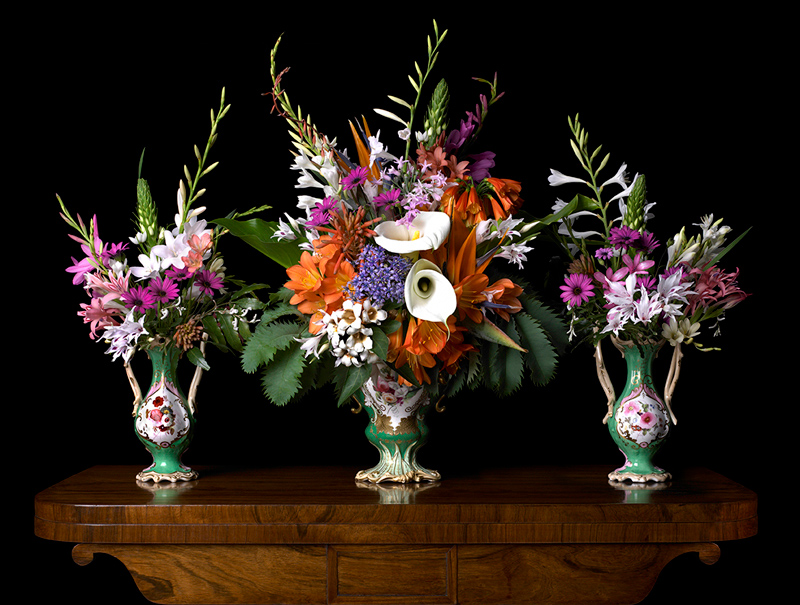
8 June 2017
Paul Costigan – commentator, consultant, researcher
Image: Robyn Stacey
Garniture (Cape bulbs), 2009
Type C print, 115 x 152cm
"I have to admit that I have always loved Northern Renaissance still life paintings and those photographs that present a contemporary version of this genre. Having been a follower of Robyn Stacey’s contemporary artwork I enjoyed the experience of turning the corner in the Stills’ 'Curtain Call' exhibition to see 'Garniture' – from the 'Empire Line' series quietly radiating from the wall.
Robyn has honoured the art of collecting past and contemporary – being the original collectors of such object as well as the curators who today present these wonders in all their glory.
Robyn’s take on these collections presents a window into how artists strove to layer messages about the complexities of our life and of nature that we constantly strive to control. This whole series remains a thing of beauty – and I hope that despite the closing of Stills that Robyn’s luscious, complex and thought-provoking artworks will continue to pop up into my view as I visit future exhibitions.
Note to public art gallery curators: Please get more of these contemporary photographers’ artworks out of your cellars and onto your walls more often – Stills have shown you here how to do it.
Finally a big thanks to Robyn Stacey for creating such objects of desire; I look forward to siting and contemplating their beauty and many of life’s wonders in front of them more often."

7 June 2017
Gael Newton – Curatorial consultant and researcher. Former Senior Curator of Photography at National Gallery of Australia
Image: Bronwyn Rennex
No, No, No, 2004
Cyanotype, 55 x 74cm
"Bronwyn Rennex's No no no is a cyanotype from her 2004 Small fires series (meaning perhaps that like women, small fires can get out of control?).
The words 'no' 'no' 'no' are formed out of curling vine leaves tumble down the page but up in scale and urgency. The vines make the words or maybe strangle them - we are not sure. 'No' has special meanings for women, we know it never means yes. But that is too literal and prosaic. These are enigmatic even elegiac poems. It touched a nerve I had to buy it.
Other images in the series are similar in silhouetting technique. Light district. A woman bathed in red light is holding out her own severed head and phallic bottles and quasi scientific - images float in space. These are images that recall the kind of ghoulish old fairy tales that were so popular in the 19th century but also the emergence of horror fiction.
It reminded me of maverick 19th century women photographers like Julia Margaret Cameron in the 1860s-70s who took to mucking about with photography with almost fiendish glee using blur creatively or a glue pot and scissors for wild fantastical collage and montage. Anna Atkins was more sober and used the x-ray like cyantotype to catalogue British algae.
Cyanotype meaning blue print aka sun prints is where you place objects on the special paper and expose them to sun and fix - you can buy kits for kids). Launderers used to make use of 'blue' to give the white fabrics brightness.
Rennex has put an edge on the old tales. Perhaps the old monsters are not buried."
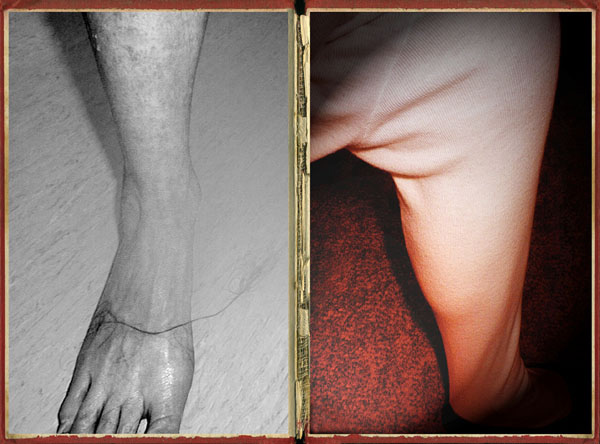
6 June 2017
Alexie Glass-Kantor – Executive Director, Artspace Sydney
Image: Pat Brassington
The Pressings 1, 2011
Pigment print, 85 x 115cm
“Psychologically taut and alluringly grotesque, no other photographer in Australia excavates the subconscious with the same level of forensic intellect and deadpan wit as Pat Brassington.
Her 2011 exhibition ‘The Pressings’ at Stills was an exquisite rumination on the suggestively sublime and devious, and, indeed, to see any one of Pat’s exhibitions at Stills was a genuine thrill as the unexpected juxtaposition of images manifested into compelling configurations, transforming the galleries from a white cube space to the realm of dark matter.”
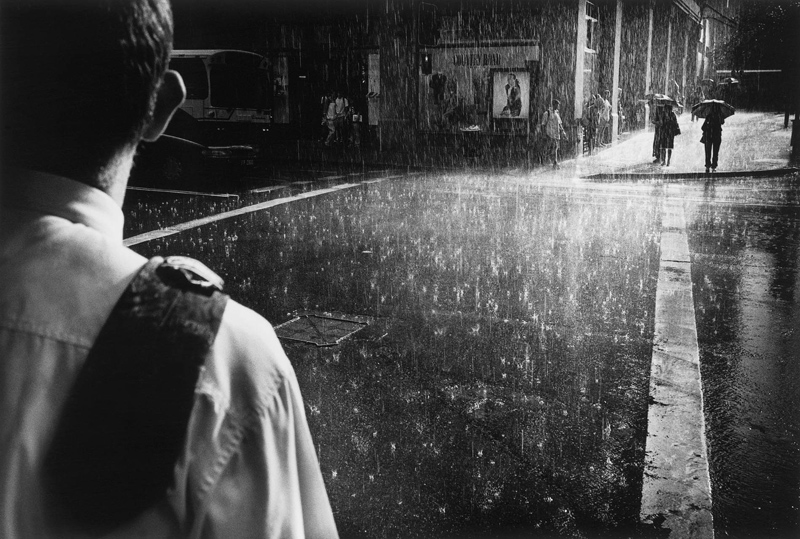
5 June 2017
Gilliam Armstrong
Image: Trent Parke
Untitled #3 from Dream/Life & Beyond
Silver gelatin print, 24 x 26cm
Digital type C print, 80 x 120cm
“You asked for a mention of an artist. Mine would have to be TRENT PARKE. I remember first seeing his work at our dear friends Linda Slutzkin and Albie Thoms’ house. The awe inspiring beautiful black and white George Street after rain. Such strength and power of light and shadow. We have followed Trent and Narelle’s work ( and lives ) ever since.
NARELLE AUTIO’S first breathtaking water/beach series has become iconic, inspiring artists, filmmakers and advertising. But none do it as brilliantly.
Wish list. I would love to have a PAT BRASSINGTON, anything! How can pink be so chilling? What a brain!”
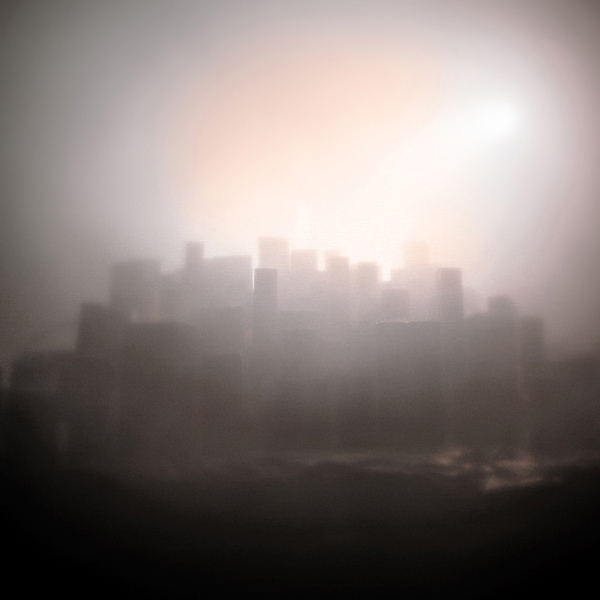
4 June 2017
Andrew Frost
Image: Mark Kimber
A Throne Embraced by Clouds, 2012
Pigment print, 20 x 20cm
“Mark Kimber's work plays with the possibilities of the model. We know in these works from 2012 that they're not the 'real thing' but they still entrance the eye.
A Throne Embraced By Clouds immediately reminded me of the novel Dahlgren by Samuel R. Delany. Wrote Delaney, "The smoke hides the sky’s variety, stains consciousness, covers the holocaust with something safe and insubstantial. It protects from greater flame. It indicates fire, but obscures the source..."
The model makes us think we know what this is, yet there's a profound mystery in this imaginary place.”
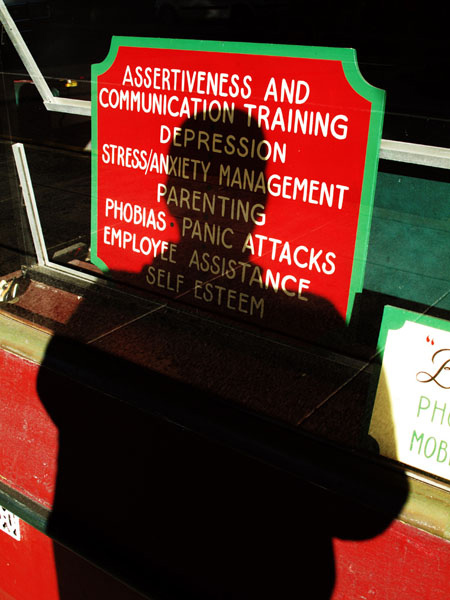
3 June 2017
Glenn Sloggett
Image: Garry Trinh
Untitled #6 from Notes on the Parramatta, 2008
Digital type C print, 52.5 x 37cm
“More than happy to recommend Untitled #6 from the series Notes from the Parramatta by Garry Trinh. Garry’s a really a genuine bloke whose work shows a lot of humour and talent.”
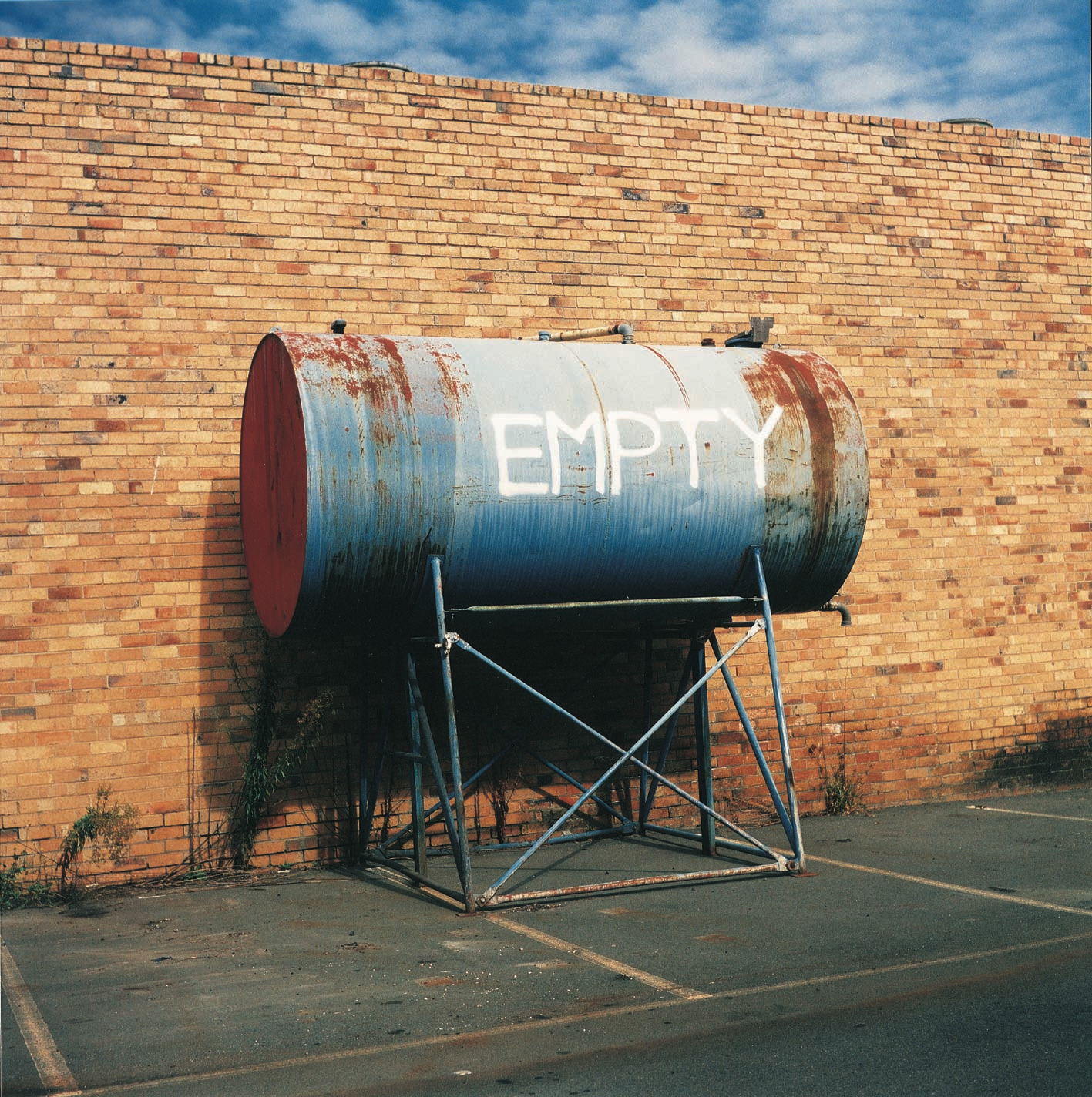
2 June 2017
Alasdair Foster - consultant specialising in international cultural projects and Director of the Australian Centre for Photography (1998–2011)
Image: Glenn Sloggett
Empty, 1996
Type C print, 80 x 80cm
“Glenn Sloggett is a maverick chronicler of the contemporary Australian underclass; an expanding stratum of society that must learn to make do and get by. This is an old image – and he has made many since – but it sums up his remarkable qualities of irony and unsentimental compassion for people whose lives have been emptied that others’ may be filled to excess. Images like these are not made by a middle-class tourist slumming it with a camera. Glenn has chosen to live the life he photographs; to share in solidarity and bear witness with the precision and perspicacity of a poet.”
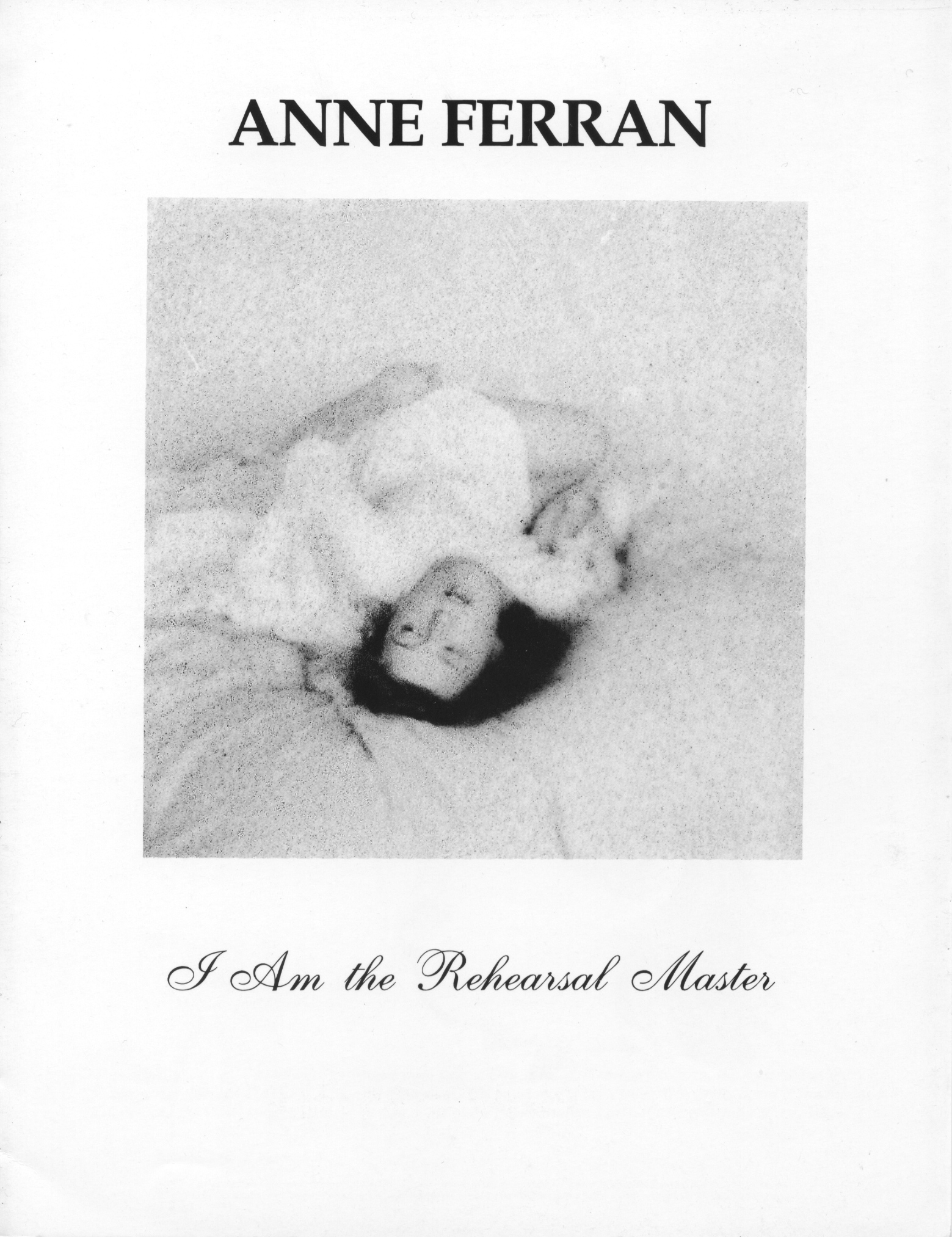
1 June 2017
Claire Monneraye - Curator, Australian Centre for Photography
Image: Anne Ferran
Detail of Untitled (no. 1) from I Am the Rehearsal Master, 1989
“I remember vividly the first time I came across Anne Ferran’s works. It was in 2011, I had just arrived in Australia and was starting at the Australian Centre for Photography. I stumbled across the 5-page concertina brochure from her 1989 exhibition 'I am the Rehearsal Master'.
On the cover, a grainy image of a woman, head tilted back, mouth slightly opened, eyes rolling, body arching, fading away into hysteria.
Inside, four faces lost in the white pages, performing a strange ballet, screaming silently.
Behind the pure design and subtle imperfections of the reproductions, the body fiercely present, still tragically absent, a powerful elegance shone through.
I had not seen yet, in the flesh, her thoroughly researched and masterly crafted photographs, be it photograms, silver gelatin prints or hand-made photobooks. I was discovering one of the visceral fragments of the many untold and unrepresented stories that her deeply considered practice reveals, never to be forgotten.
Few years after, I discovered more of her work at Stills and had the immense privilege of working on her survey exhibition 'Shadow Land', and meeting une grande dame de la photographie australienne.”
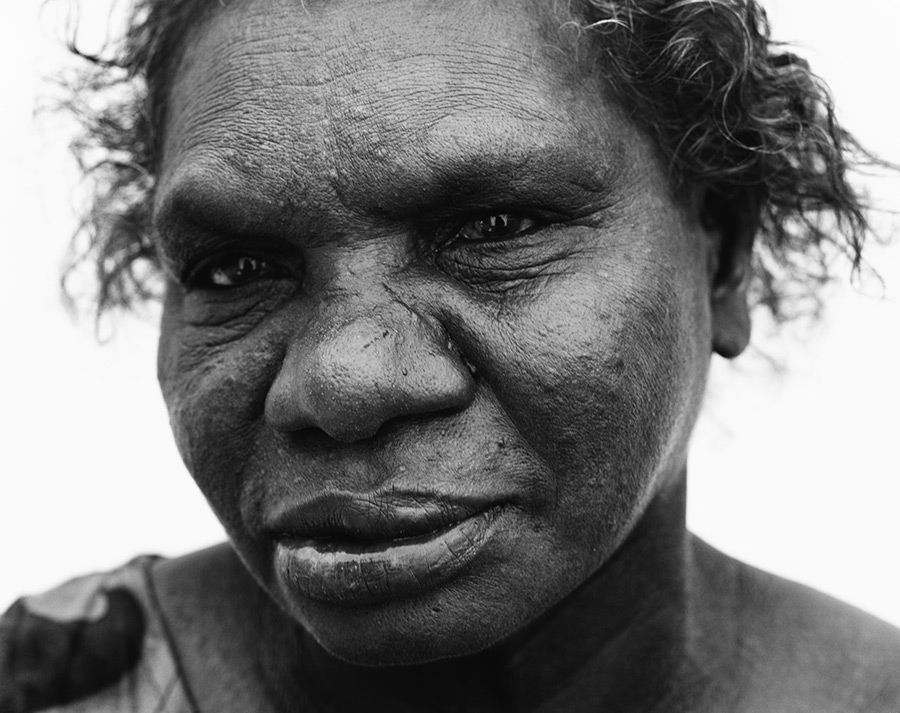
31 May 2017
Judy Annear
Image: Ricky Maynard
Wik Elder, Gladys, from Returning to Places That Name Us, 2000
Silver gelatin print, 95 x 120cm/45 x 55cm
“While I appreciated Maynard’s work, seeing the Wik Elders series in 2001 was a revelation. These monumental heads, shot with a large format camera, encapsulate the lives of the subjects as individuals and members of a vital community. They are people who were tireless in their work for the recognition of inherent human rights. This is documentary photography at its best, and one of Ricky Maynard’s most important series.” #aworkaday
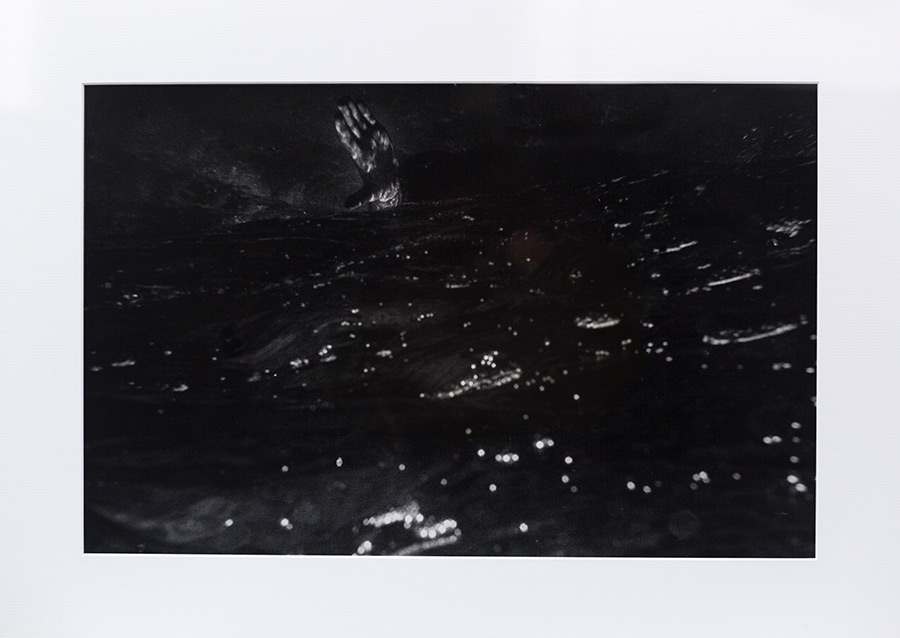
30 May 2017
Merilyn Fairskye
Image: Roger Scott
Storm Surf Bronte, 1981
Silver gelatin print, 41 x 51cm
“This image depicts what Robert McFarlane has termed, in writing about Roger Scott’s work, 'an irrevocable moment'. A hand, inscribed with watery reflections, appears out of a dark and stormy surf. You can’t say with any certainty what you really see here —portent or harbinger—but the image swirls with evocative associations around the contemporary human condition. I first came across it in the exhibition of Roger Scott’s work at Stills in 2000. And since then, it’s been an image that I have been happy to live with—it keeps me on my toes and continues to resonate with renewed possibilities.”
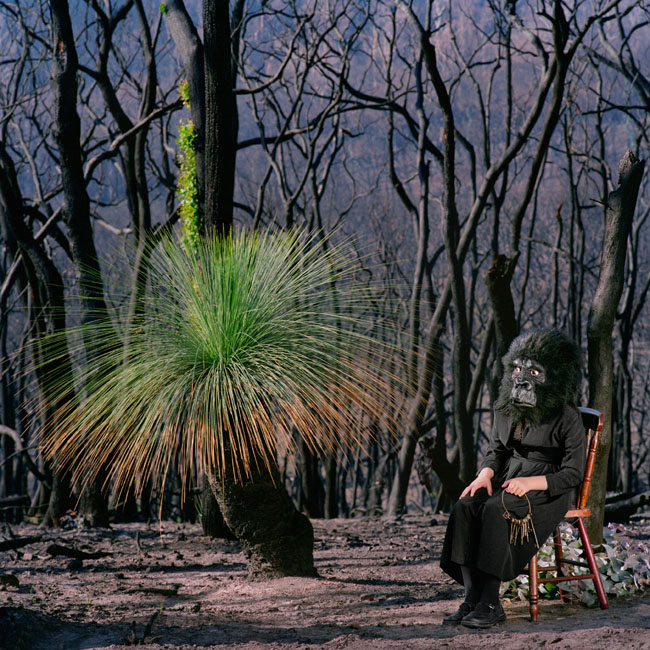
29 May 2017
Isobel Parker Philip - acting curator of Photography at Art Gallery of New South Wales
Image: Polixeni Papapetrou
The Caretaker, 2009
Pigment print, 105 x 105cm
“The first piece of writing I ever published – before I began working as a curator – was about Polixeni Papapetrou’s 2010 exhibition 'Between Worlds'. This was the starting point of my professional practice, not simply because it was the first of many reviews and catalogue texts I would write in forthcoming years but because it initiated both contact and conversation with particular figures from the photographic and art community who would go on to define and shape my work and shape my thinking. In these tableaux photographs fantasy, and reality collide but what has stayed with me over the years is the tenderness they transcribe. The fragility of these figures is legible through their biologically incongruous masks; it is visible in the way toes curled upwards or a hand gripped a knee. This is a tenderness that exists both within and outside the frame.”
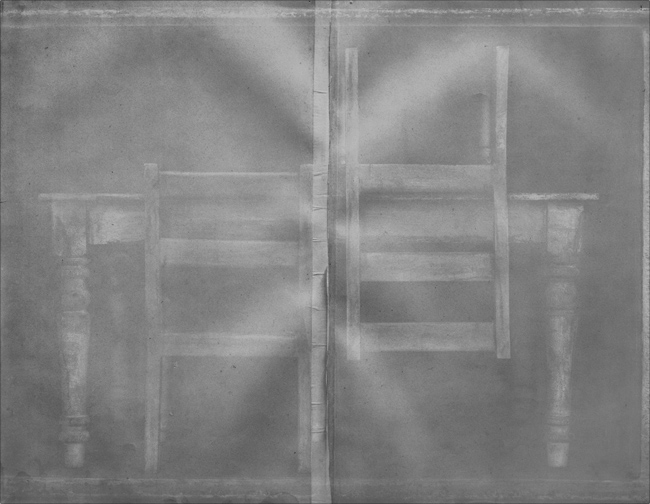
28 May 2017
Anne O'Hehir - Curator of Photography, National Gallery of Australia
Image: Christine Cornish
Inclose VI, 1994
Unique gelatin silver print, 57.5 x 76.2cm
"Christine’s images seem to float to me from a parallel universe. One located somewhere deep down in Christine’s interior worlds. So quiet you have to listen really carefully. This is such an exquisite print, it sort of shimmers in and out of being seen. Material and immaterial."
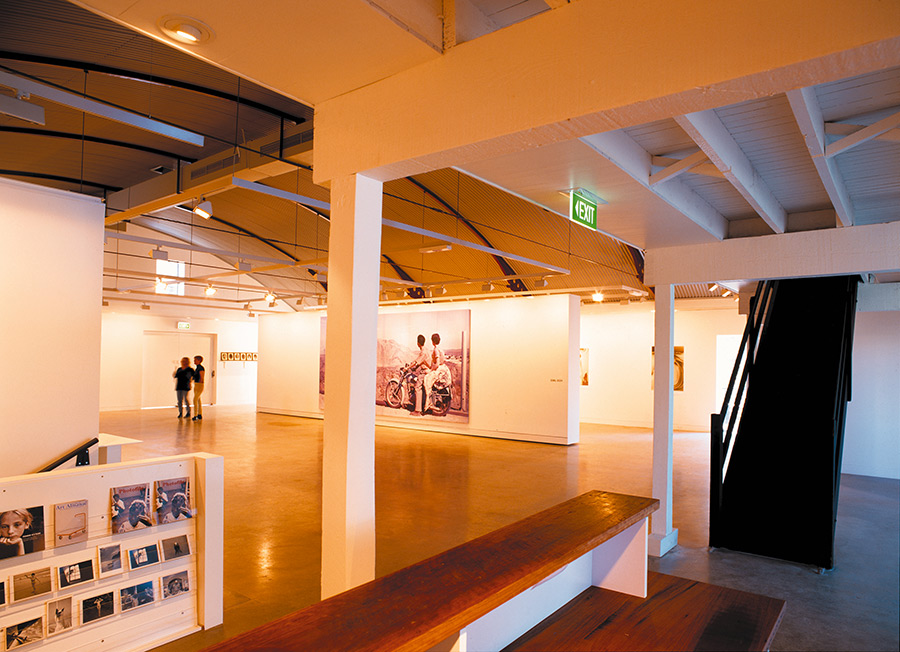
27 May 2017
Bronwyn Rennex - Co-Director Stills
Image: Emil Goh
The Couple (New Australia)
Digital print on vinyl
The first exhibition at Stills Gosbell St Gallery in 1997 featured Pat Brassington, Merilyn Fairskye, Harry Nankin and Emil Goh.
On the opening of Stills’ final exhibition 'Curtain Call' I’d like to pay tribute to Emil, who died way too young, in 2009, at the age of 43.
Anyone who had the pleasure to get to know Emil will remember him as someone who was incredibly full of life. He had a passion for people and art and food and ideas and was one of the most connected and engaged people I’ve known. I wish he were here today to celebrate with us.
This image is an install shot from the first exhibition at Stills Gallery and features Emil’s work 'The Couple (New Australia)'.

26 May 2017
Geoffrey Batchen
Image: Justine Varga
Carry-on, 2014-15
Type C hand print, 97 x 78cm
"I first saw some examples of Justine Varga's work in Stills Gallery in 2015. I had actually already enquired about Varga's work at the Art Gallery of NSW, but they were unable to show me her recent cameraless prints, as they were all stored off-site. The staff at Stills, on the other hand, were able to pull out some magnificent examples for my examination and the artist herself was kind enough to drop by and talk to me about her work. What a privilege! I will always remember the sensation as each print was revealed, every one a glowering trace of a duration of actions and reactions on the surface of a piece of film. Some large prints by Anne Ferran in the same box were also unveiled that day, and I recall Varga reaching across and lovingly removing some lint that had wafted across the paper, one artist automatically caring for the legacy of another. 'Carry-on', the negative for which had been attached to Varga's carry-on luggage during an extended trip, was included in her Accumulate exhibition, which opened in September of that year. Hanging from the wall like a piece of flayed skin, its surface bruised and angry, this print embodied the complexity of the medium of photography, merging time and experience into an object that is at once abstract and completely realist."
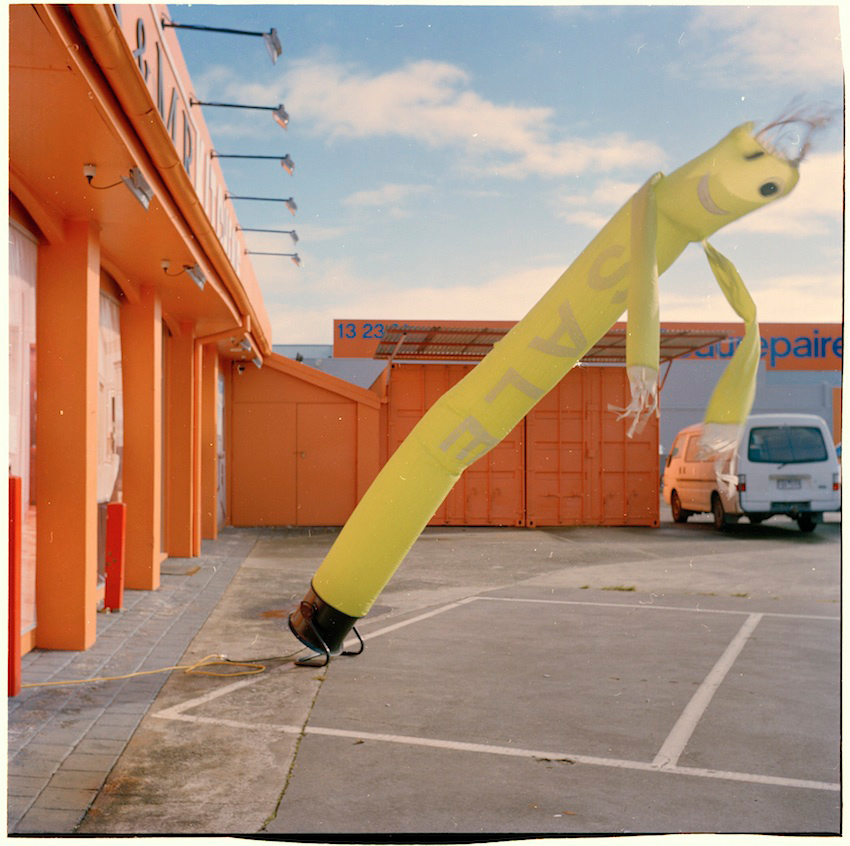
25 May 2017
Pat Brassington
Image: Glenn Sloggett
Inflatable Man, 2012-2016
Type C print, 80 x 80cm
As I’m typing this I’m thinking will I or wont I divulge my affection for the red inflatable tube man, or tall man, used as a metaphorical prop throughout the whodunit TV series ‘Rectify’. Well that’s it then. I’ve done it. So thanks Glenn for reminding me of the nascent poetry in the everyday.
